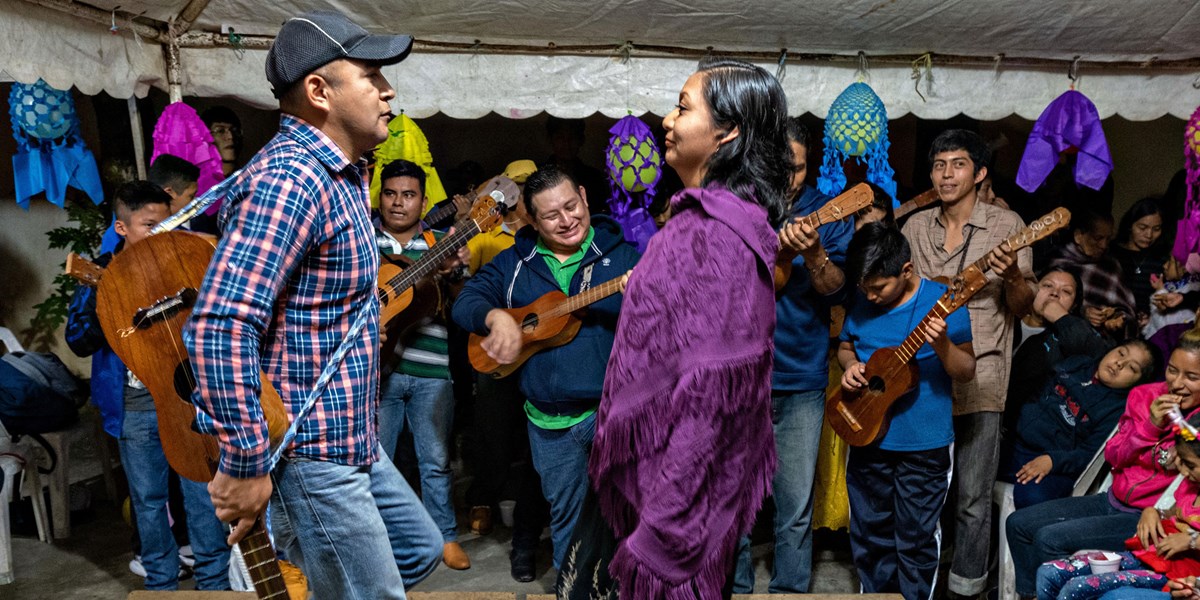Wednesday, March 16, 2022
Son Jarocho: A Beginner's Guide
By Kary Stewart
From fandangos to the silver screen, Kary Stewart outlines the evolution of the traditional folk style from Veracruz, Mexico with a record of resistance

Musicians and zapateado dancers at a fandango in Veracruz, Mexico (Richard Ellis/Alamy Stock)

Register now to continue reading

Thanks for visiting the Songlines website, your guide to an extraordinary world of music and culture. Sign up for a free account now to enjoy:
- Free access to 2 subscriber-only articles and album reviews every month
- Unlimited access to our news and awards pages
- Our regular email newsletters

